Low snowpack could cause concern for power generation later in the year
A lower than average snowpack nestled in the West Kootenay mountains right now doesn’t necessarily mean trouble for the region’s power production — yet.
Last year, amid low water conditions at the Arrow Lakes Generating Station, the station did not generate any power. The generating station requires a minimum operating level between approximately 425.8 metres (1,397 feet) to 427.3 m. (1,402 ft).
Residents of the reservoir area watched water levels drop last July, sinking from 438.91 m. in July down to 426.72 m. by the end of August. Debris and stranded fish, as well as quicksand, have been exposed as the shoreline grew. By the end of November the water dropped to 420.6 m.
As of mid-March the West Kootenay snowpack is 28 per cent below normal throughout the region — having risen five per cent over the last month (67 per cent) — and is well ahead of the current provincial average of 66 per cent.
This could point to a dip or a halt in power production on the lake.
“The power production associated with Arrow Lakes Generation station, however, is quite small relative to the combined generation from Mica and Revelstoke Generation Stations (less than one per cent total BC Hydro generation) and does not materially affect BC Hydro’s ability to provide reliable energy,” said Mary Anne Coules, BC Hydro spokesperson.
With the snowpack in the West Kootenay region sitting at about one third of its historical level at this time, there are not many concerns yet heading into the spring and summer season, she explained.
“Right now, it is too early in the season to accurately forecast this summer’s levels for Kinbasket and Arrow Lakes reservoirs. Although the overall Columbia snowpack for the upcoming spring and summer is currently below average, the final snow accumulation will not be known until the end of April,” Coules explained. “In addition, the balance of the annual inflows remains dependent on the amount of rain we will receive across spring and summer.”
The other major waterway contributing to the power equation — the Kootenay River — and Kootenay Lake, is contained under a water licence held by FortisBC, which was unavailable for comment.
The possibility of a drought does cause a specific set of activities, said Coules.
“For BC Hydro reservoirs, we continue to take steps to manage our operations under the current drought and forecasted conditions, including conserving water by drawing on less impacted regions and importing more power — a common activity during low inflow water years,” she said. “Generally, lower reservoir levels are expected following low snowpack years for the same reason that above average reservoir levels and flood routing are associated with high snowpack years. BC Hydro continues to balance reservoir levels, downstream flows, and generation annually, that reflects the spring snowmelt runoff and summer precipitation conditions.”
A reduced snowpack level poses a threat to the availability of freshwater critical for agriculture, community water systems and ecosystem health.
History shows approximately 80 per cent of the annual B.C. snowpack accumulates by March 1 and peak snowpack occurs mid-April.
The March 1 date is particularly important, considering it is the typically the “penultimate indicator” of the snow accumulation season, with only a month or two of accumulation remaining.


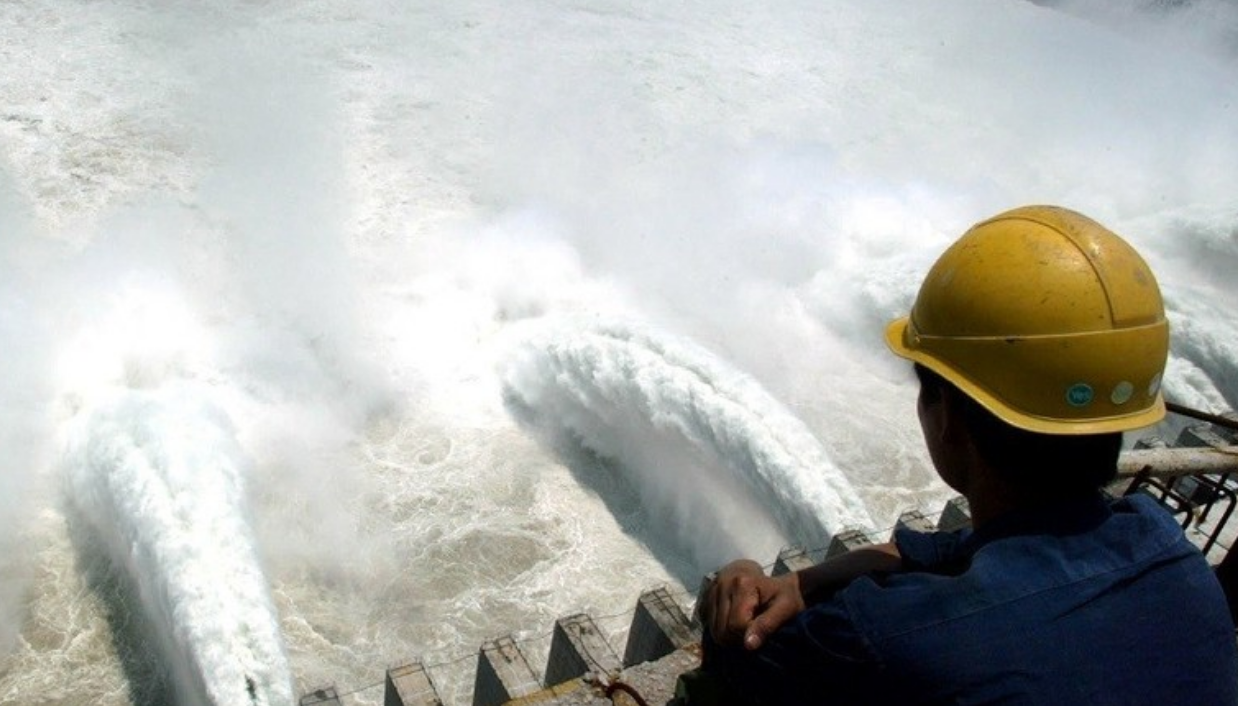

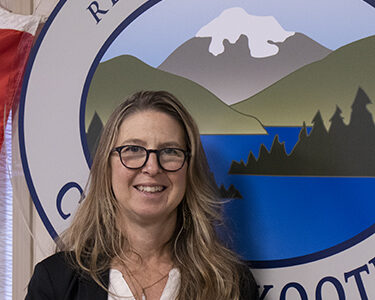

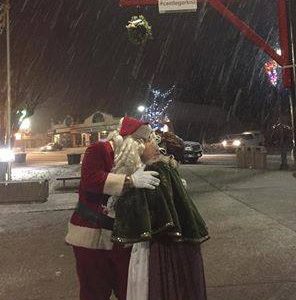
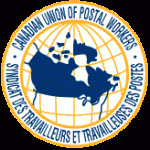



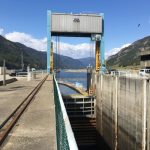










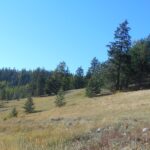

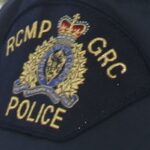
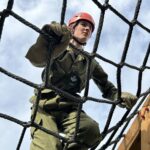
Comments